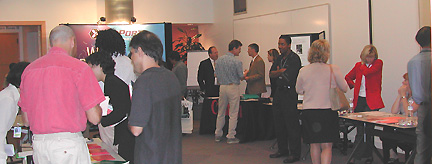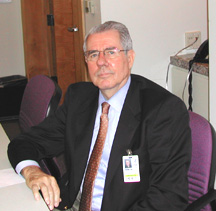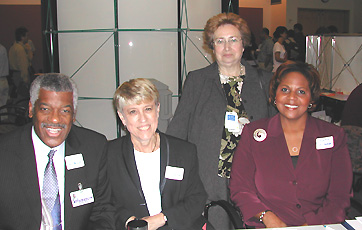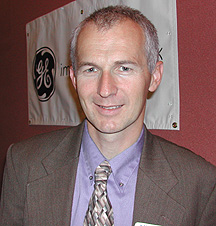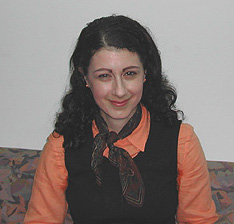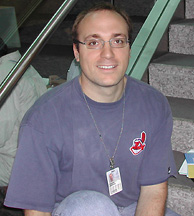Two
weeks before Job Fair, NIH hosted two workshops on gearing up for job
hunting. About 50 people attended a September 13 workshop led by Beth
Fischer of the University of Pittsburgh, who offered NIH job seekers advice
on how to prepare themselves and their résumés for the NIH
Job Fair. Attendees indicated interests in both academic and industry
research in an informal poll by Fischer.
The first part of
the workshop was devoted to Job Fair preparation and etiquette. The goal
of the job seeker at a fair, Fischer emphasized, is to land a full interview.
The best way to accomplish this goal, she said, is to do extensive research
beforehand. Job seekers should come to the employer's table with questions
about specific products the company is developing or about hiring patterns
or career paths at the company. "You want to give them everything you
can to show that you are an interested professional," she said.
Fellows would be
wise to visit the NIH Job
Fair website, which lists all participating companies and, in many
cases, descriptions of open positions and links to the companies' websites.
Dressing nicely
is also important, Fischer said, adding that in previous years some employers
at the NIH Job Fair complained that the fellows looked "a little shabby."
She also advised
people to attend the Job Fair with their résumés in hand–and
then she launched into a discussion of how those résumés
ought to be crafted. She described the differences between a curriculum
vitae (CV), the traditional format used to apply for academic positions,
and the industry-oriented résumé. (The CV is an exhaustive
chronological listing of career accomplishments, while a résumé
is tailored to highlight the candidate's qualifications for a particular
job.)
To illustrate some
common problems, she distributed copies of a mock résumé
that was full of typographical and formatting errors as well as irrelevant
information that hid the applicant's real accomplishments.
The workshop appeared
to be well-received. NIAID fellow Emiko
Soeda and NINDS fellow Jean
Tiong, both of whom intend to hit the job market in the near future,
were enthusiastic about the program. Soeda remarked that job fairs are
an unfamiliar concept to her because in her home country, Japan, young
scientists most often get jobs through their advisors' personal connections.
Tiong liked having the opportunity to critique a résumé
and planned to use her new knowledge to modify her own.
The following week,
on September 21, representatives from Wyeth Pharmaceuticals, including
Matt Yudt, a Ph.D. scientist who did his postdoctoral work at NIH, offered
advice on landing a job at a big pharmaceutical company. The program was
sponsored by FELCOM, the Office
of Intramural Training and Education, and the Office
of Research on Women's Health.
They stressed that
people seeking positions as scientists in industry, especially in these
tough economic times, need to focus on jobs that require the specific
skills and education they have—and that their résumé
should be tailored to reflect that. Available positions, they noted, are
usually described on the company's website.
Candidates who are
selected for interviews are judged on both their science and their communication
skills. They normally are required to give a research seminar, and the
quality of their presentation and their ability to answer questions are
closely scrutinized.
Yudt added that
it is helpful if candidates can suggest commercial tie-ins to their research.
And they should be enthusiastic and as knowledgeable as possible about
the position for which they are interviewing.
Those who hope a
job in industry will offer a respite from the long hours at the bench
as a postdoc may be disappointed. In addition to their proprietary work,
scientists at Wyeth are expected to publish two papers a year. Yudt said
he frequently goes back to the lab to work in the evenings, and that promotions
come faster to those who put in evening and weekend hours.
On the plus side,
he added, promotions are plentiful, salaries are good, and the research
atmosphere is collaborative. n
